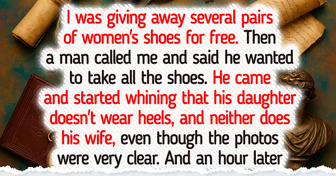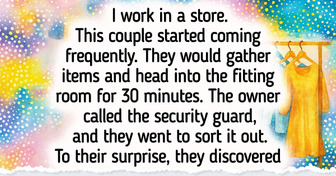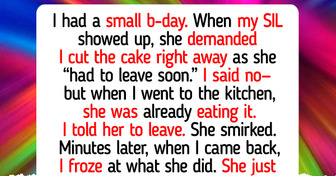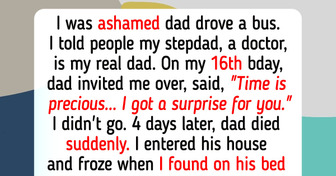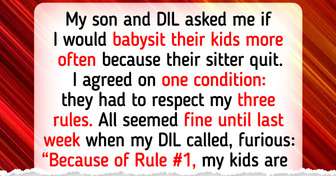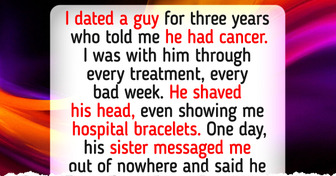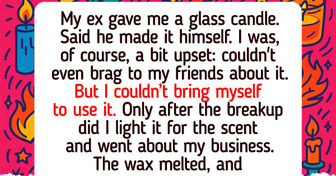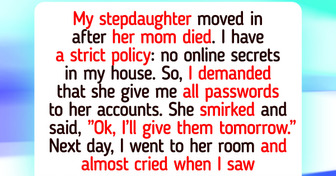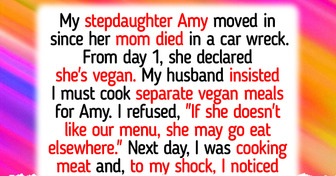I Refuse to Leave Inheritance to My Kids Until They Follow These 3 Rules
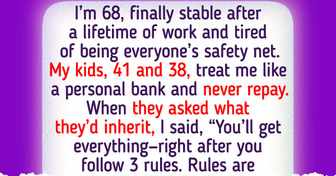
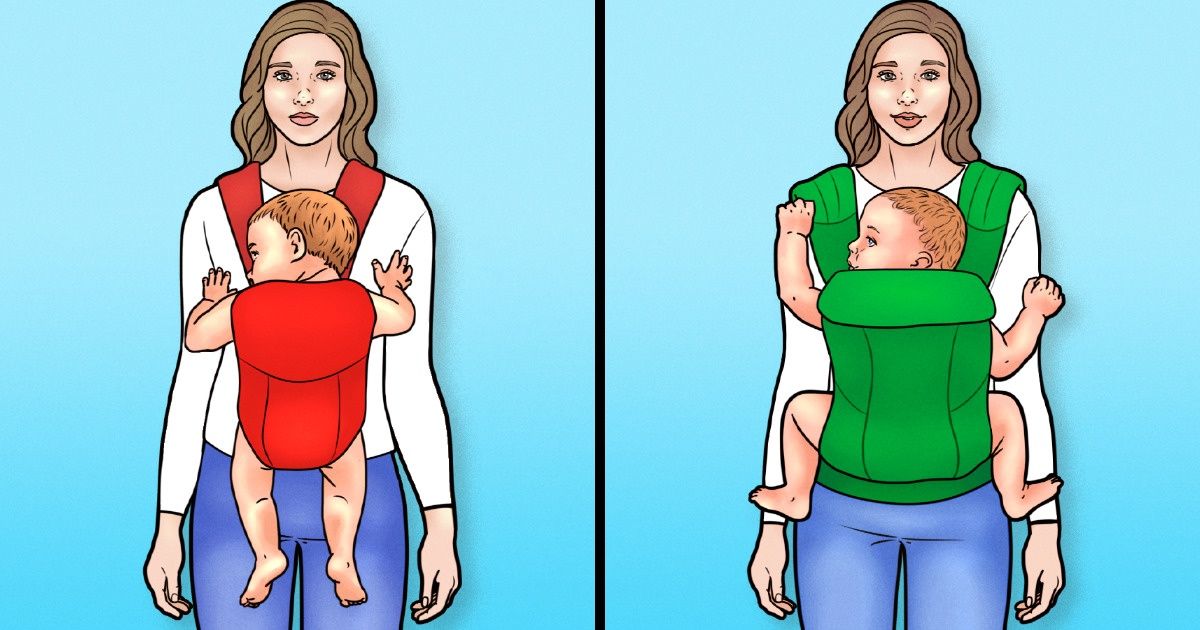
We would like to believe that all of the items sold are safe, but in the USA in 2019 more than 5 million units of children’s products were recalled. Parents need to be cautious, since even popular products can cause injuries and deaths.
We at Bright Side have studied which items it’s best to avoid for the sake of your kid’s safety.
Parents often use bumpers so the little one won’t hit head their head on the crib slats, but this beautiful accessory can become a nightmare for kids. Experts warn that bumpers are a hazard and that they increase the risk of Sudden Infant Death Syndrome. Even “breathable bumpers” can suffocate a child. It’s suggested to keep all of these items, that can cover the baby’s face, away from the crib.
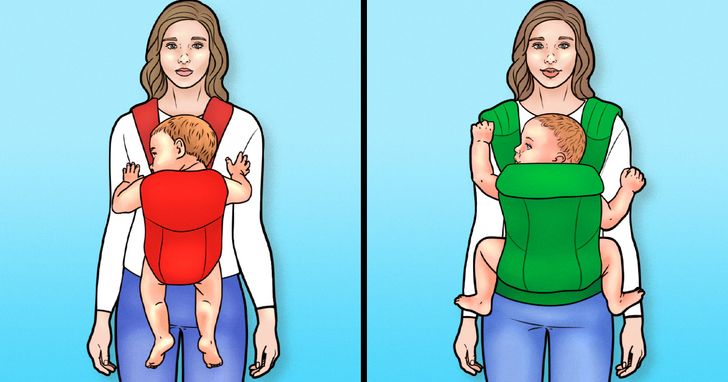
This item is great in terms of bonding and infant care, but in most carriers, the baby is kept in the unhealthiest position. With their legs held straight, and their knees and hips stretched out, there’s a lot of tension on spine and this increases the risk of hip dislocation. The risk is especially high for babies who are younger than 6 months old.
We believe that baby carrying has numerous benefits for both parents and children. Just keep in mind that these carriers should have a wide base, so that the kid’s legs will be in the M position which doesn’t pose a threat.
When the baby starts moving around the house, some parents give in to their temptation to buy walkers or jumpers. But there are reasons why, in some countries like Canada, baby walkers are illegal. These products allow kids to stand and walk when their muscles are just not ready for it. Walkers pose a great risk for trauma, kids can tip over, or even worse, fall downstairs.
Doctors mark that developmental delays are often observed among kids who spend a lot of time in walkers and jolly jumpers. The reason behind this is that these children miss valuable floor time, omitting an important developmental stage.
Every third drowning case among kids below 2 years old, is caused by bath seats. Some parents mistakenly think that these seats are a safety measure. While parents can have a false sense of security, and children can slip out into the water and become submerged.
Since babies are clocking a lot of hours in their cribs, it’s better to make sure that they’re safe in there. Experienced parents avoid drop-side cribs, they know that the rail of the crib can slide off the tracks, creating a gap in the mattress and the drop-side. If this happens, kids can get injuries or suffocate. It can be easily prevented when parents are aware of the danger and choose classic cribs, without drop rails.
Apart from the fact that a pillow can block a kid’s nose and mouth. Parents need to keep in mind that infants simply don’t need them. Pillows are absolutely unnecessary for kids below 2, or before baby’s shoulders are wider than its head.
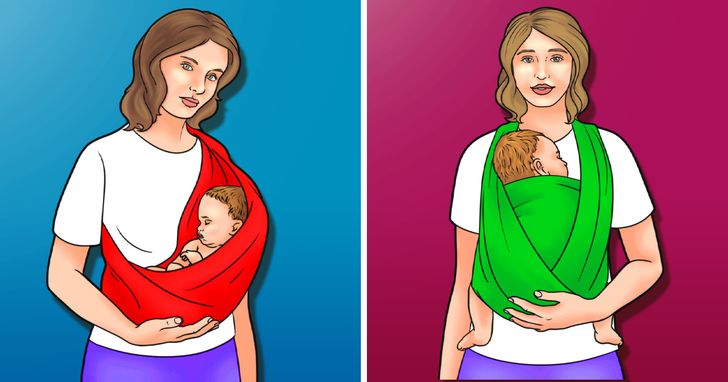
The variety of baby slings can be overwhelming. All manufacturers promise that they have exactly what your little baby needs, however keep in mind that slings that parents put around their neck can pose a risk of suffocation for kids. In these carriers, kids can’t stretch out and their chin is pressed toward their chest, cutting off their airway.
Be careful, experts suggest that all slings carry potential danger for kids under 4 months. Since they have weak neck muscles, if their mouth or nose will be covered, infants won’t be able to move and might suffocate.
Parents go to great lengths to help infants sleep better, because that’s the only way they can have some free time. However, inclined sleepers won’t help your infant sleep better. In addition, the research results conclude that babies who don’t sleep on a flat surface aren’t safe and have the risk of suffocation.
Swimming is a great exercise for infants, and they don’t need any equipment for it. Neck floats were invented for kids with disabilities and in other situations are used as recreation item.
Parent’s avoid this product is because floats prevent kids from active movements in water, making them just passively float on the surface. What’s worse is that it can deflate, or the child might slip through it.
Which items you would rather not buy? Is there anything you’d like to add to the list? Share with us in the comments!

